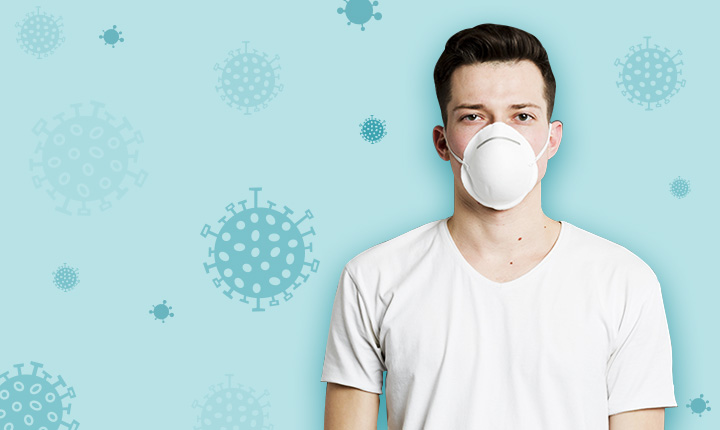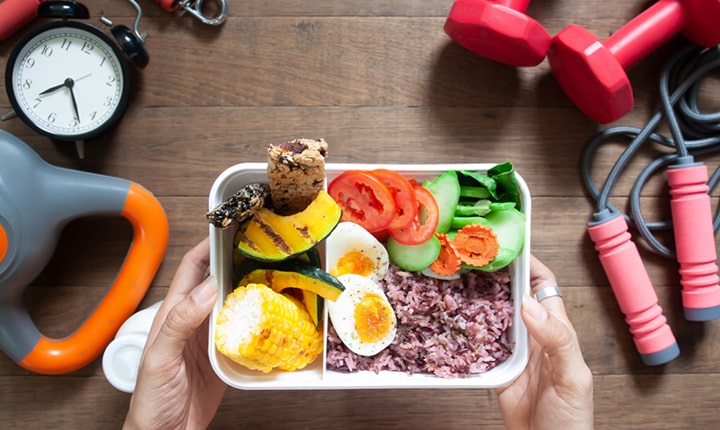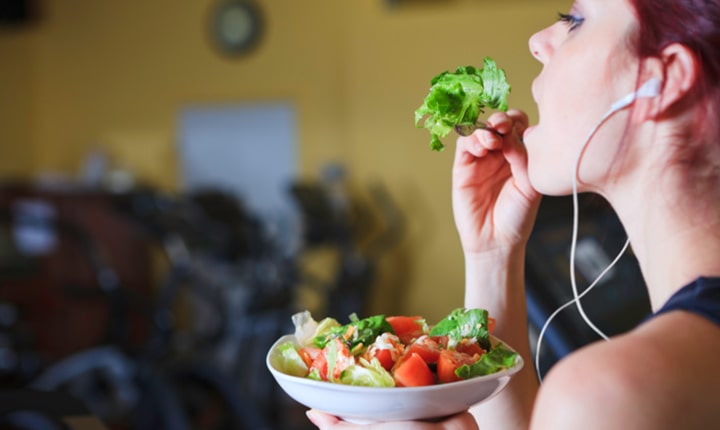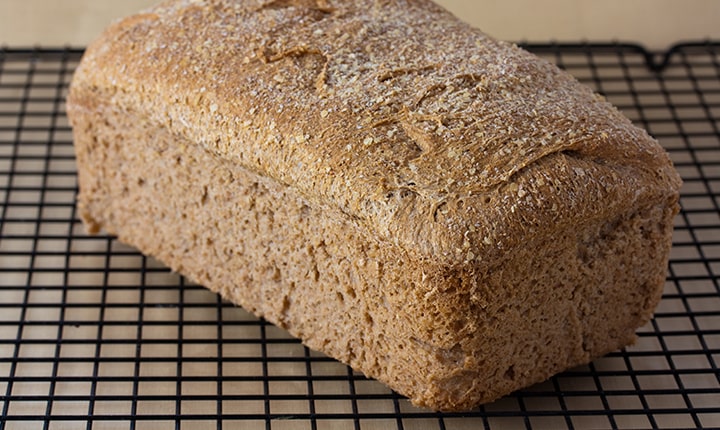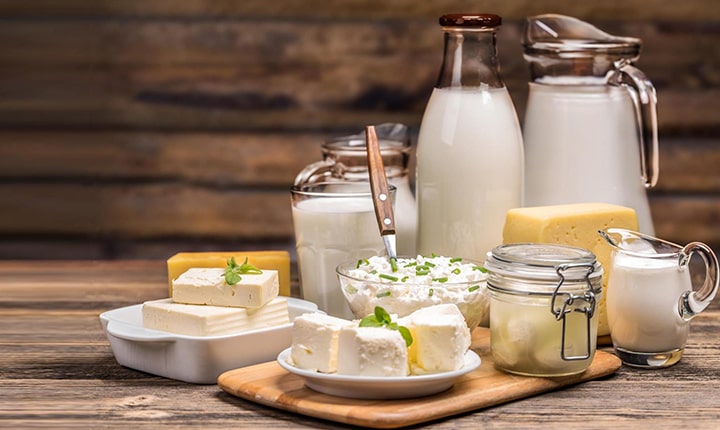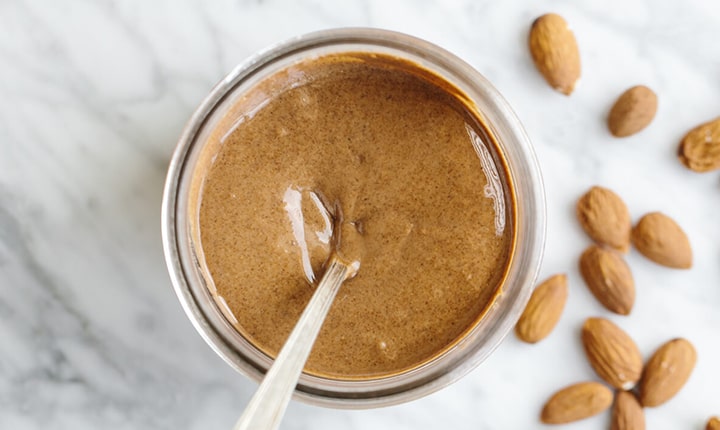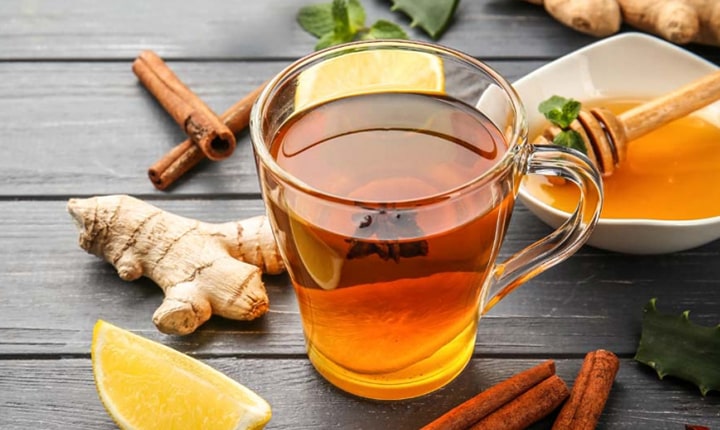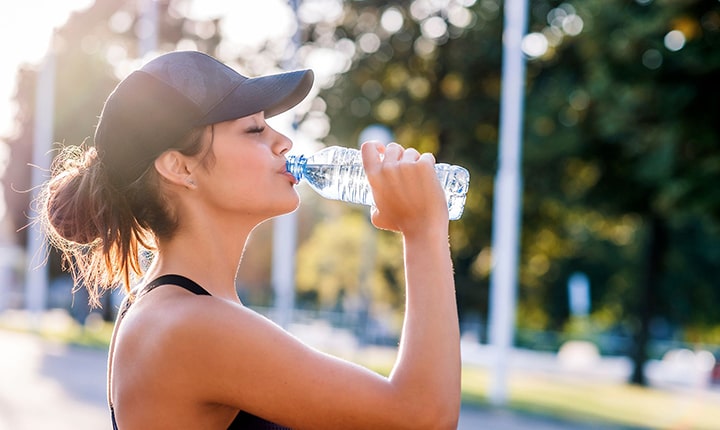The world is witnessing one of the most dreadful situations in recent memory. The blanket of COVID-19 has engulfed almost every corner of the world and no one is safe. Keeping in mind the famous saying – prevention is better than cure – all of us must pull up our socks and face this challenge. Every little step from you will count in fighting off this pandemic. There has never been a more apt time to get united and be conscious of our actions. So, let’s take a look at all the steps you, as an individual, can take to fight off COVID-19.
Preventive Measures Against COVID-19
Since COVID-19 is a novel virus, Scientists are working day in and day out to find its cure. Even at the earliest, we have to wait for several months for the cure to reach us. This makes preventive measures all the more important.
Besides, this disease is highly contagious, and if you get infected, you will pass it on to your loved ones who are living with you.
In the same line of thought, it should be noted that once you get infected, it may take up to two weeks for the symptoms to show up. So, it is very much in the realm of possibility that you wouldn’t even know that you are infected. As a result, you will unknowingly spread it to others.
All these variables make COVID-19 extremely dangerous. Enforcing the following measures will drastically reduce your chances of contracting this awful disease. You will end up keeping yourself as well as your loved ones safe.
So, here are the preventive measures against COVID-19:
Wash Your Hands Frequently
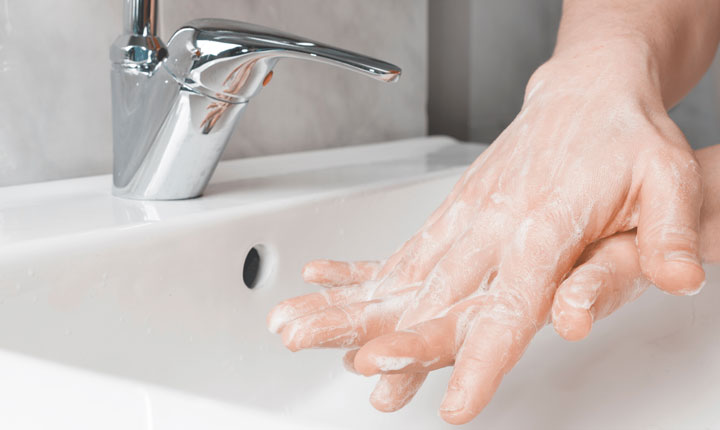
Washing hands, in general, is a good idea, but it is of paramount importance in the current climate. You need to wash your hands with soap and water for at least 20 seconds every 3-4 hours if you are working outside. Using anti-bacterial or anti-viral soap is preferred, if possible. Remember to work the lather between your fingers, the cuticles of your fingernails, and wrists as well.
If you stay at home, you don’t have to wash your hands that frequently, but make sure you wash your hands before every meal, and if you are coming from a public place. However, if you are using a shared item such as a computer or doorknob or calling bell (items that are touched by multiple people in your household as well as by people outside your home), then positively wash your hands afterwards.
In case of unavailability of soap and water, use a hand sanitizer that has at least 60% alcohol content. Those of you, who still have to go out to work, carry a hand sanitizer with you all the time. While using a sanitizer, please ensure that you rub your hands until they dry.
Avoid Touching Your Face as Much as You Can
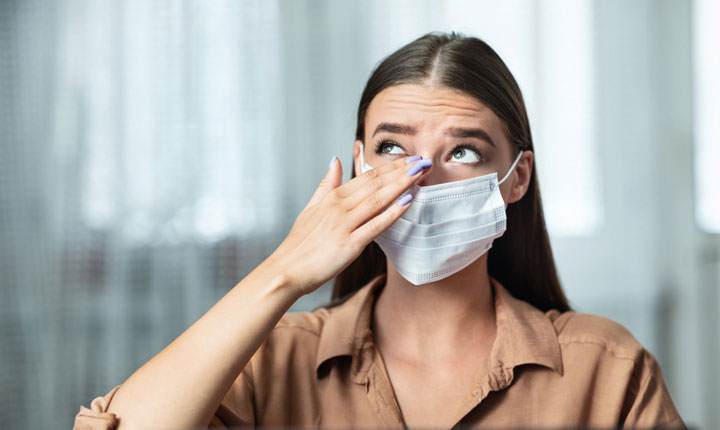
Humans touch their face 16-23 times every hour on average when they are awake. Now, we understand that it is not possible to eliminate this habit all of a sudden, especially most of the times you touch your face unknowingly. It almost works as a reflex reaction. But, try and avoid touching your face as less as you can. Let us explain why this is important.
COVID-19 is caused by Severe Acute Respiratory Syndrome Coronavirus 2 (SARS-CoV-2). This virus is very powerful, proven by the fact that it can stay alive on hard surfaces for 72 hours. In other words, the laptop you are using or door knob you are touching may be infected simply because someone else who is suffering from COVID-19 has touched it, let’s say, three days back.
So, when you touch your face after touching these surfaces, you are allowing the virus to enter your body through the gateway of your eyes, nose, and mouth. Thusm you shouldn’t bite your fingernails, rub your eyes, and scratch your face, among others. Avoid these instincts as much as you can.
The World Health Organization (WHO) has clearly stated that COVID-19 is also transmitted through fomites (inanimate objects that carry infection such as utensils, furniture, and clothes, among others) alongside respiratory droplets. So, be sure to follow this measure.
Cover Your Mouth While Sneezing
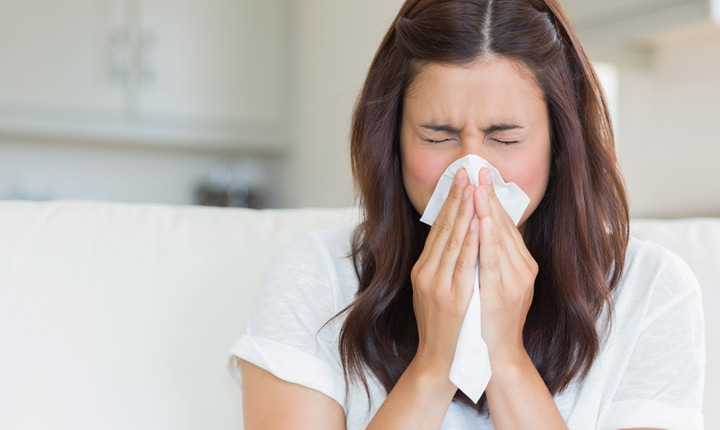
You have to be accountable for all your actions, even if you are not infected. As we stated earlier, the signs of this disease are sometimes not even seen in the first two weeks. So, you wouldn’t even know whether you are infected or not.
One such measure that lessens the spread of this virus is when you cover your mouth and nose while sneezing or coughing. In the previous point, we stated this disease can spread through respiratory droplets. So, when an infected person sneezes or coughs, the surrounding air can carry the disease to the healthy people around him or her. Besides, the droplets can stay on hard surfaces for three days as well.
So, cover your face with a handkerchief or a tissue paper every time you sneeze or cough, even when you are at your home. If you don’t have a handkerchief or a tissue paper near you, and you are about to sneeze or cough, simply cover your face with the inside of your elbow.
Maintain Social Distancing
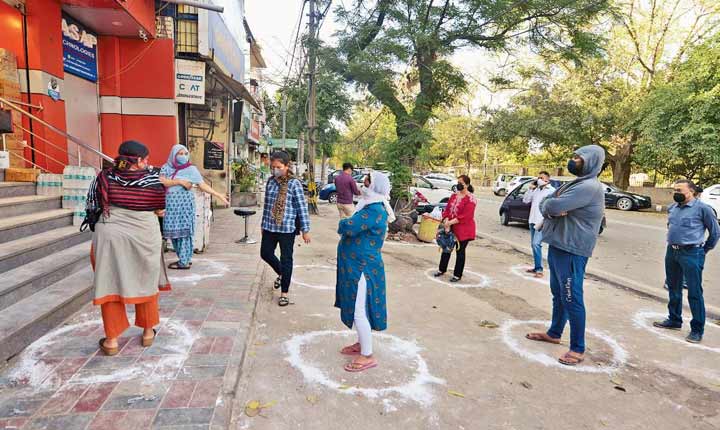
Along with all the other points, maintain social distancing. We know it’s tough. It’s tough staying at home, not seeing your friends, not being able to hang out, and not being able to go to your multi-gym, among others. But, you have to think long-term. This is for the greater good. For now, working out at home is safer. There are several exercises that you can perform without using any equipment.
If you don’t follow social distancing now, things might get out of control and the longer you avoid social distancing, the longer it will take to control this virus, meaning the longer will be the lockdown.
Therefore, stay at home 24X7 and go out only when it is necessary, such as to buy medicine or groceries. Even when you go out, you need to ensure that there is at least six feet distance between you and the person next to you.
Avoid Eating at Public Places
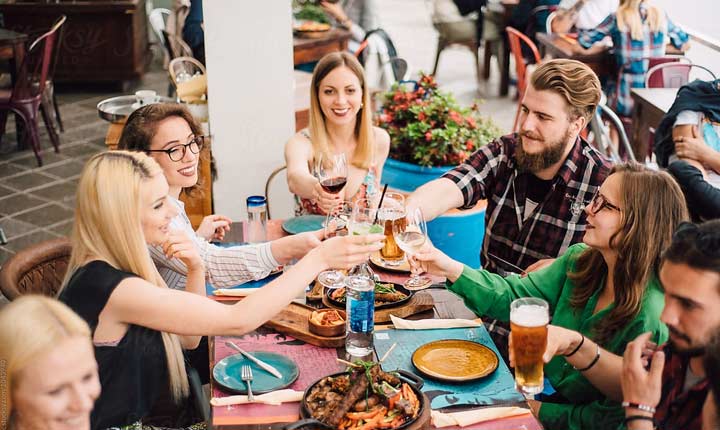
The restaurants have been shut down for a reason. This highly contagious disease can spread through the food, dishes, tables, chairs, and washrooms, among others of a restaurant. Therefore, control your urge for outside food and don’t go out to restaurants, bars, coffee shops, cake shops, and other eateries.
You should also avoid getting home deliveries from there as well, just to stay on the safer end of the spectrum. Home-made food is the go-to option now. However, if you have to rely on delivery or takeaway food, order from a clean and hygienic place and pick hot food instead of cold food.
Disinfect Household Items
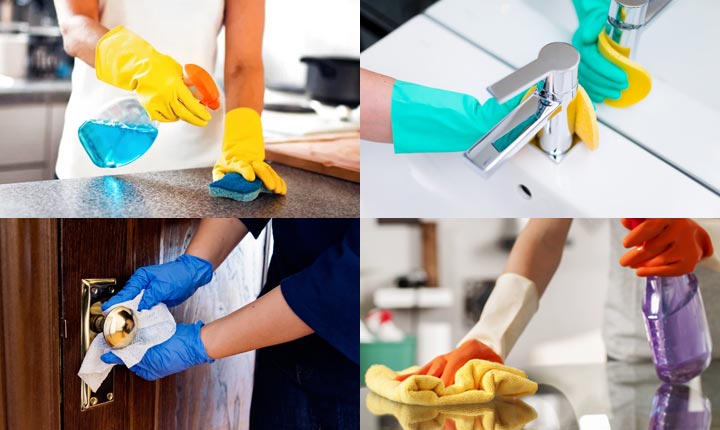
Maintain cleanliness in your household. Keep an alcohol-based disinfected spray by your side to clean hard surfaces. Focus on the items that are frequently touched by multiple people such as furniture, doorknobs, calling bells, desks, faucets, sinks, light switches, and kitchen countertops, among others.
Every time you go out to get groceries, disinfect the bag in which you carry your belongings. You can use white vinegar or hydrogen peroxide for cleaning purposes as well.
Eat Immunity-Boosting Foods
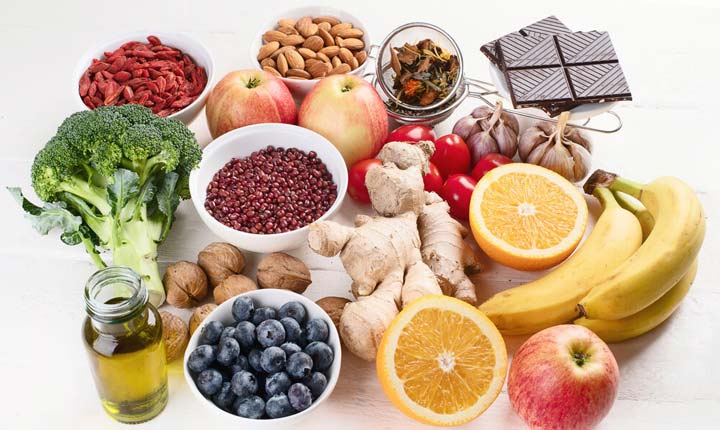
Increase your chance of being safe by including immunity-boosting food items in your meals. Eating healthy during such a precarious time will reward you by keeping you safe.
Look out for food items that are rich in antioxidants, vitamins, and minerals since they will help you in keeping your immune system strong. When you eat food items that have selenium, probiotics zinc, beta-carotene, curcumin, and vitamins C and D in them, you end up providing a protective layer to your body.
Some of the immunity-boosting food items that you can include in your meals are sweet potatoes, yogurt, broccoli, spinach, ginger, garlic, green tea, papaya, turmeric, almonds, watermelon, wheat germs, sunflower seeds, oysters, and poultry, among others.
Take a look at this infographic that tells you everything that you need to do (just like the article) in brief.
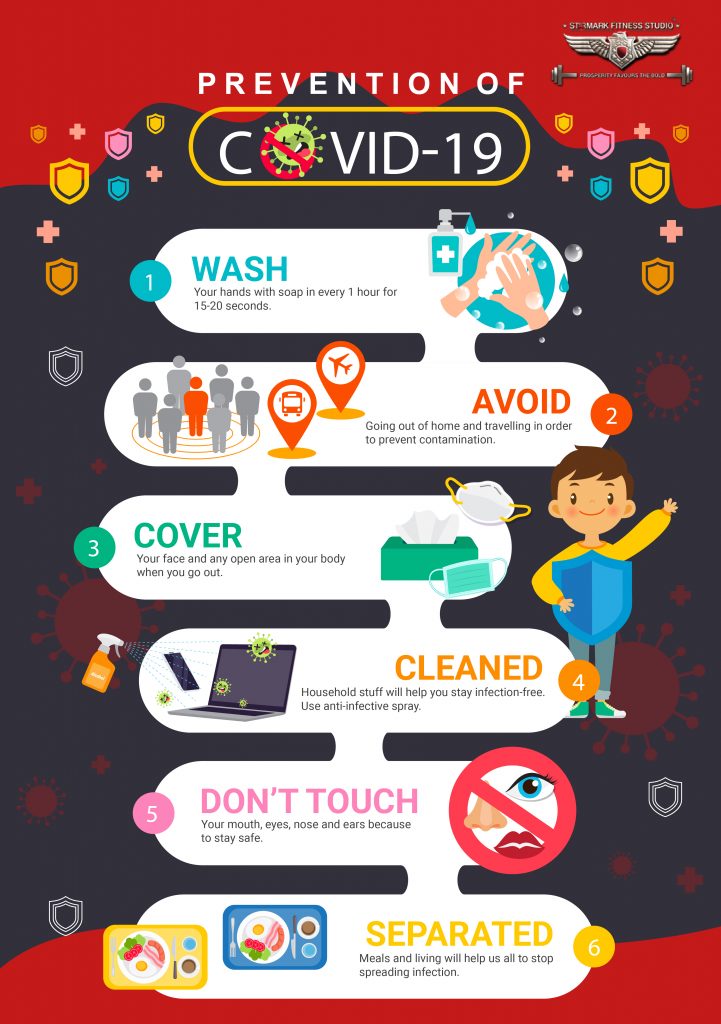
Final Thoughts
The situation is undoubtedly scary, but we can work through it if all of us make individual contributions in the form of following the aforementioned preventive measures. Remember, the safety of yourself and your loved ones primarily rest on your hands. So, let us all be responsible and fight this together. Please spread the word and encourage your family members and friends to follow these measures as well.
Before we conclude, there is another piece of information that we must share with you. If you feel sick, do not immediately go to a medical clinic. Overcrowding the medical intuitions will only worsen the situation. Instead, consult your doctor through phone and tell him or her about your symptoms and follow their advice.


